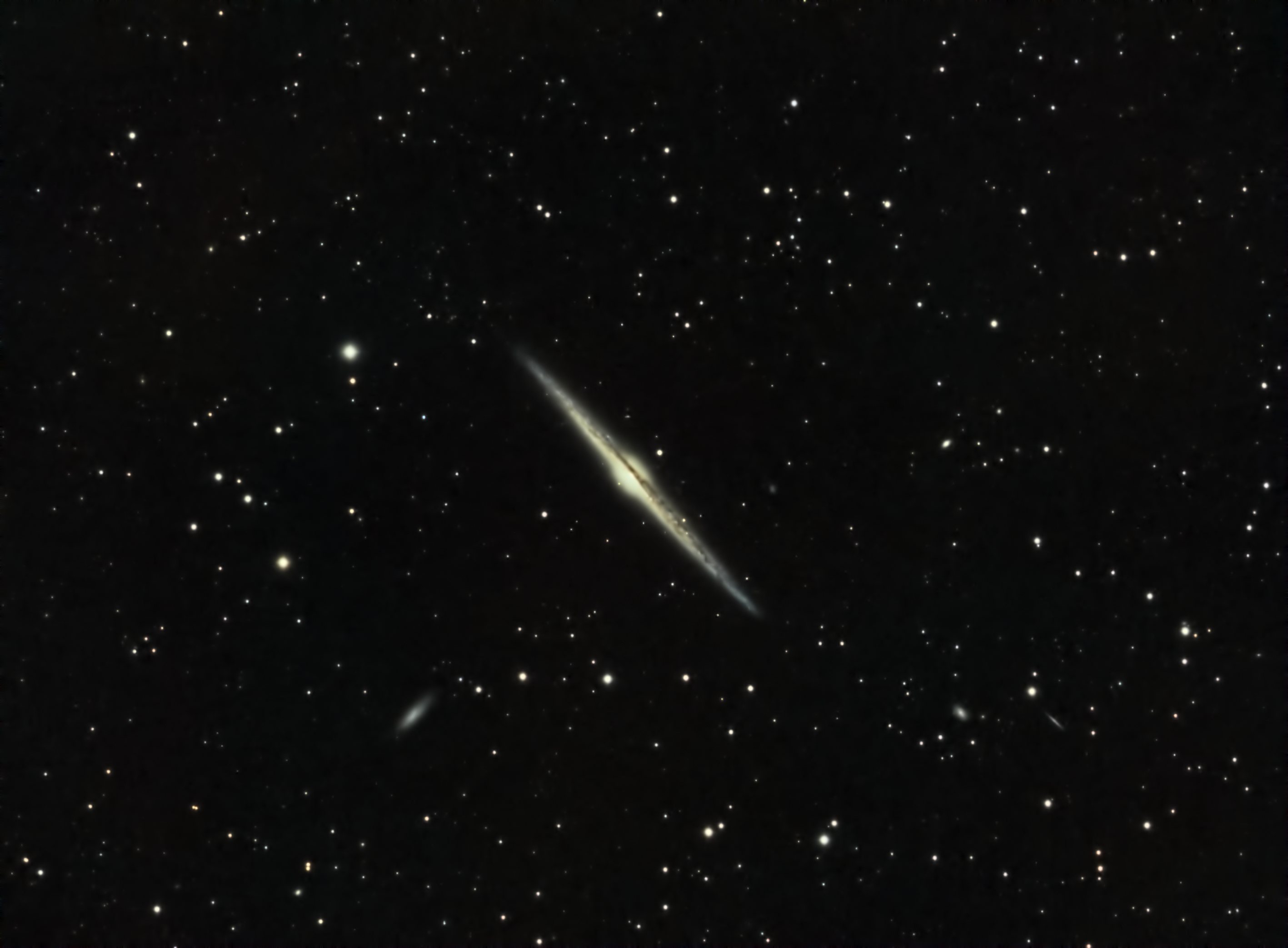
Similar Posts
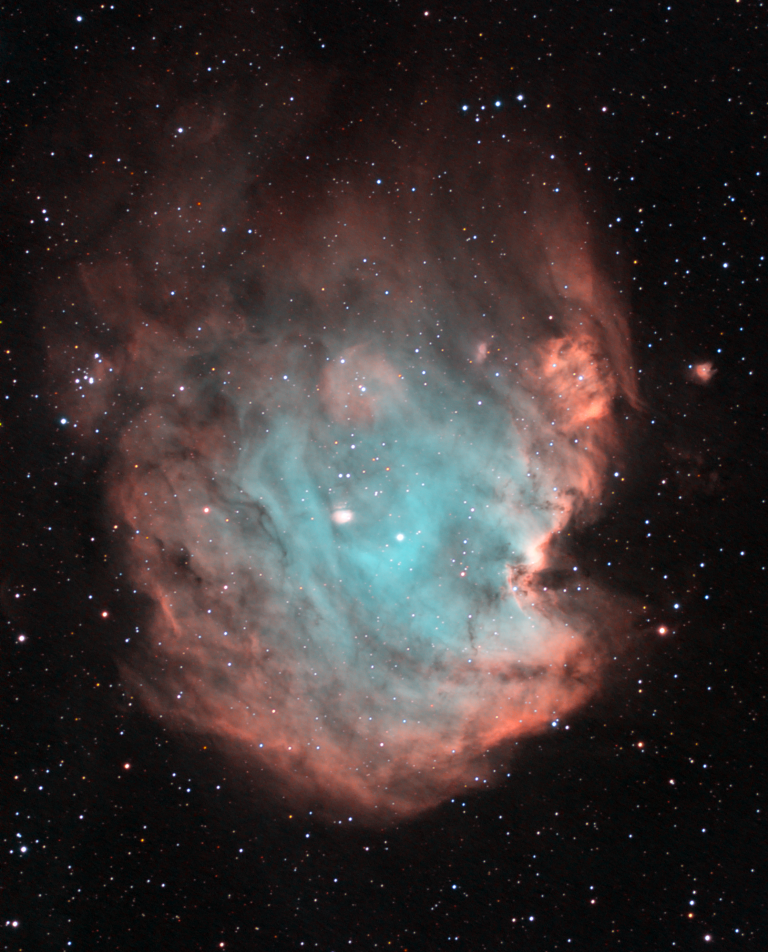
The Monkey Head Nebula
The Monkey Head Nebula is located about 6400 light-years away, in the constellation Orion. It’s a gorgeous cloud of gas surrounding a cluster of young stars. I processed this data a couple of different ways; one using the “Hubble palette” and another using my own color scheme. The colors represent different kinds of ionized gases:…
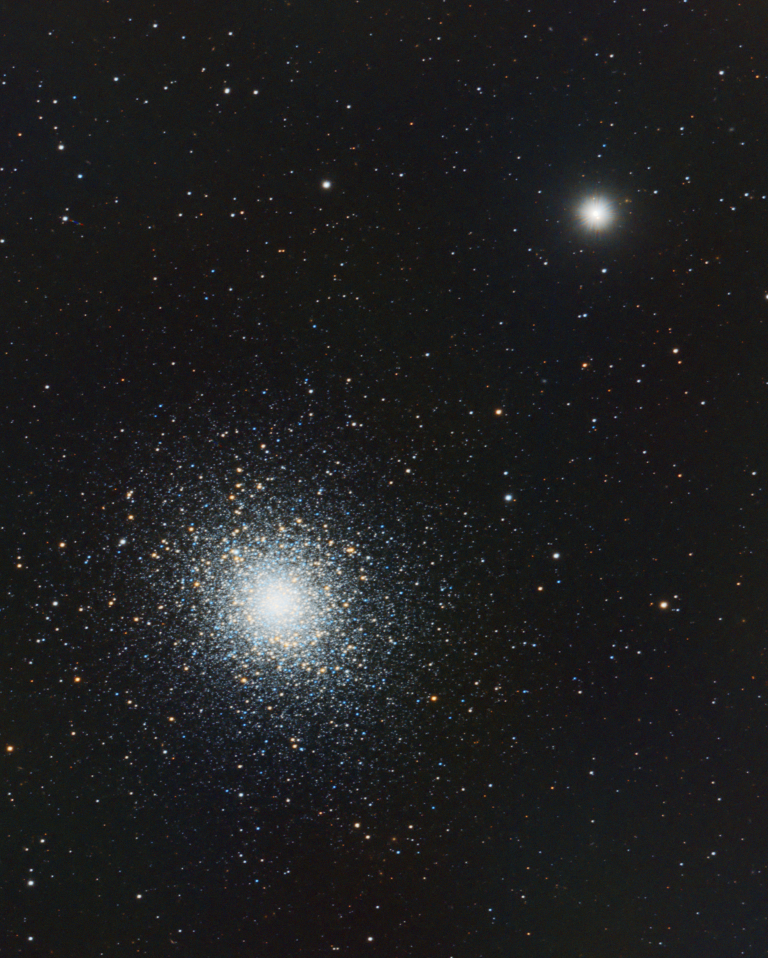
Globular Cluster M5
As we enter summer and the Earth starts pointing us back into the plane of the Milky Way and its many nebulas, we’re nearing the end of globular cluster season. M5 seems a fitting one to end on this year; there’s nothing terribly remarkable about it, other than I think it’s pretty. It’s located about…
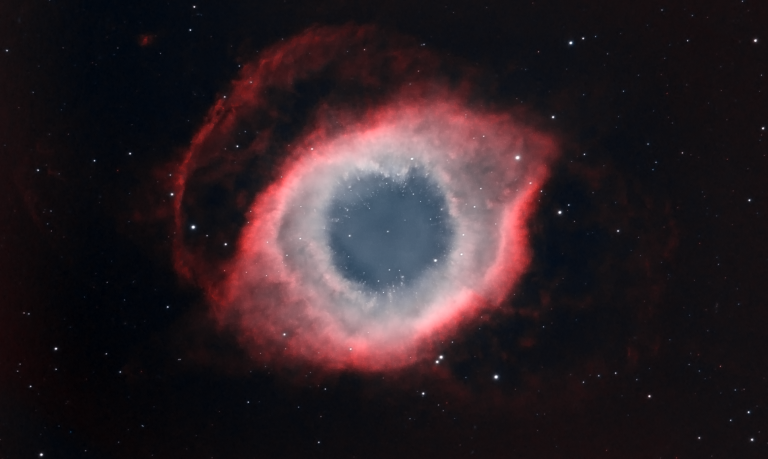
The Eye of Sauron, revisited
This is the Helix Nebula, sometimes also called the “Eye of God” or the “Eye of Sauron”. It’s a planetary nebula, formed by a star blowing off its outer layers of gas before collapsing into the white dwarf you can see at its center. This is thought to be the ultimate fate of our own…
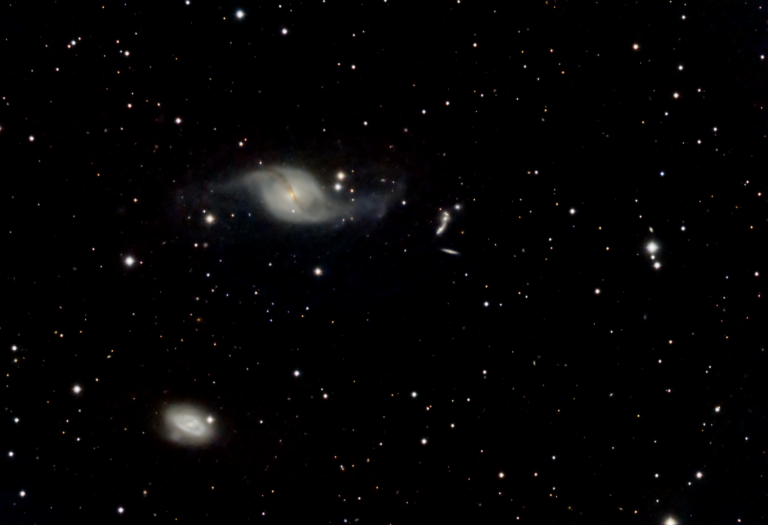
A really messed-up galaxy.
That twisted-up galaxy at the top is NGC 3718. We don’t actually know if it’s a spiral or a lenticular galaxy, because the galaxy below it, NGC 3729, appears to have warped it beyond recognition when it passed by it. Also look for the cluster of five more distant galaxies just to the right of…
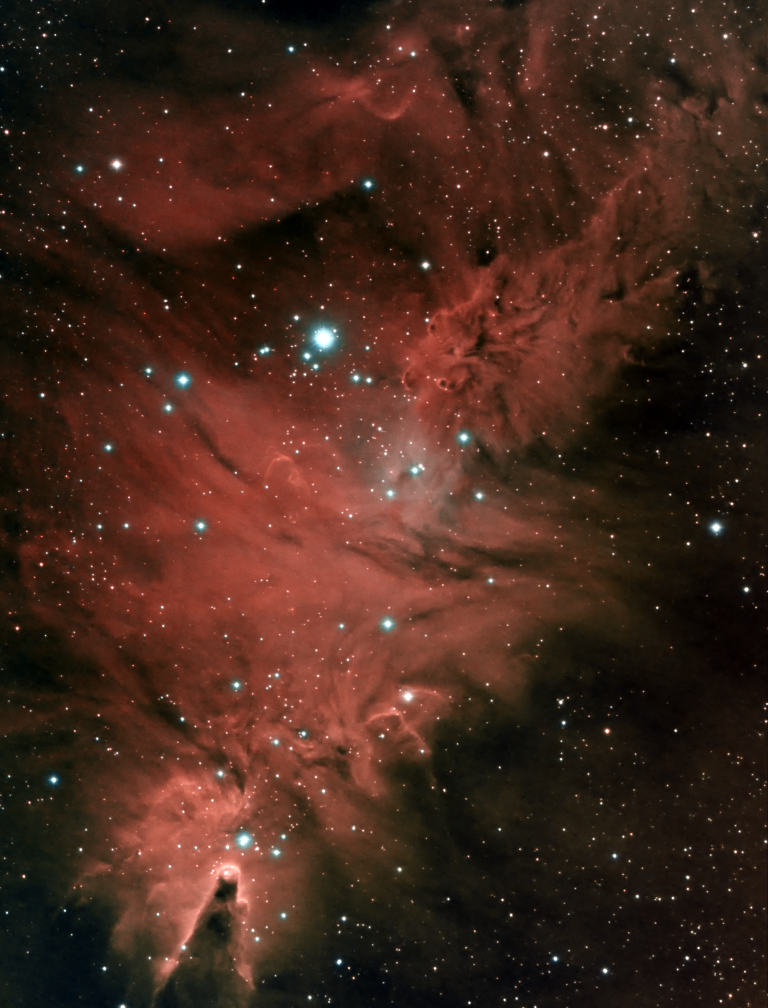
The Fox Fur Nebula (and more!)
I’ve wanted to image the “Fox Fur Nebula” for awhile now – it’s pretty obvious where it is in this image! Within the same field of view is the Cone Nebula (near the bottom.) It’s all an area of gas within the Christmas Tree Cluster, which is an open cluster of stars that kind of…
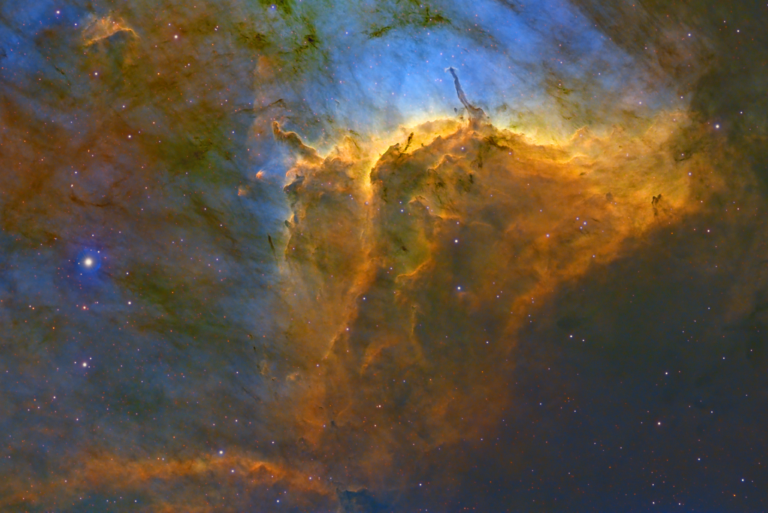
Another Go at the Pelican Nebula
The Pelican Nebula frankly isn’t a very attractive object as a whole, but if you crop it down to its heart, there’s a lot of interesting stuff going on. Look for little puffs in the image, or areas with spikes coming out of them. Those are Herbig-Haro objects – stars that are still in the…

